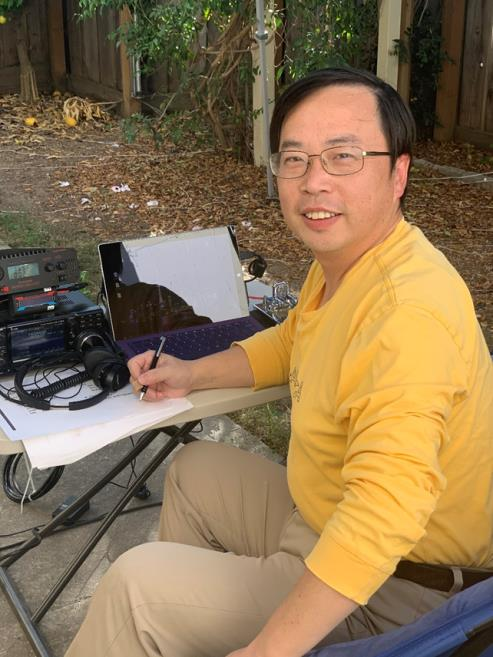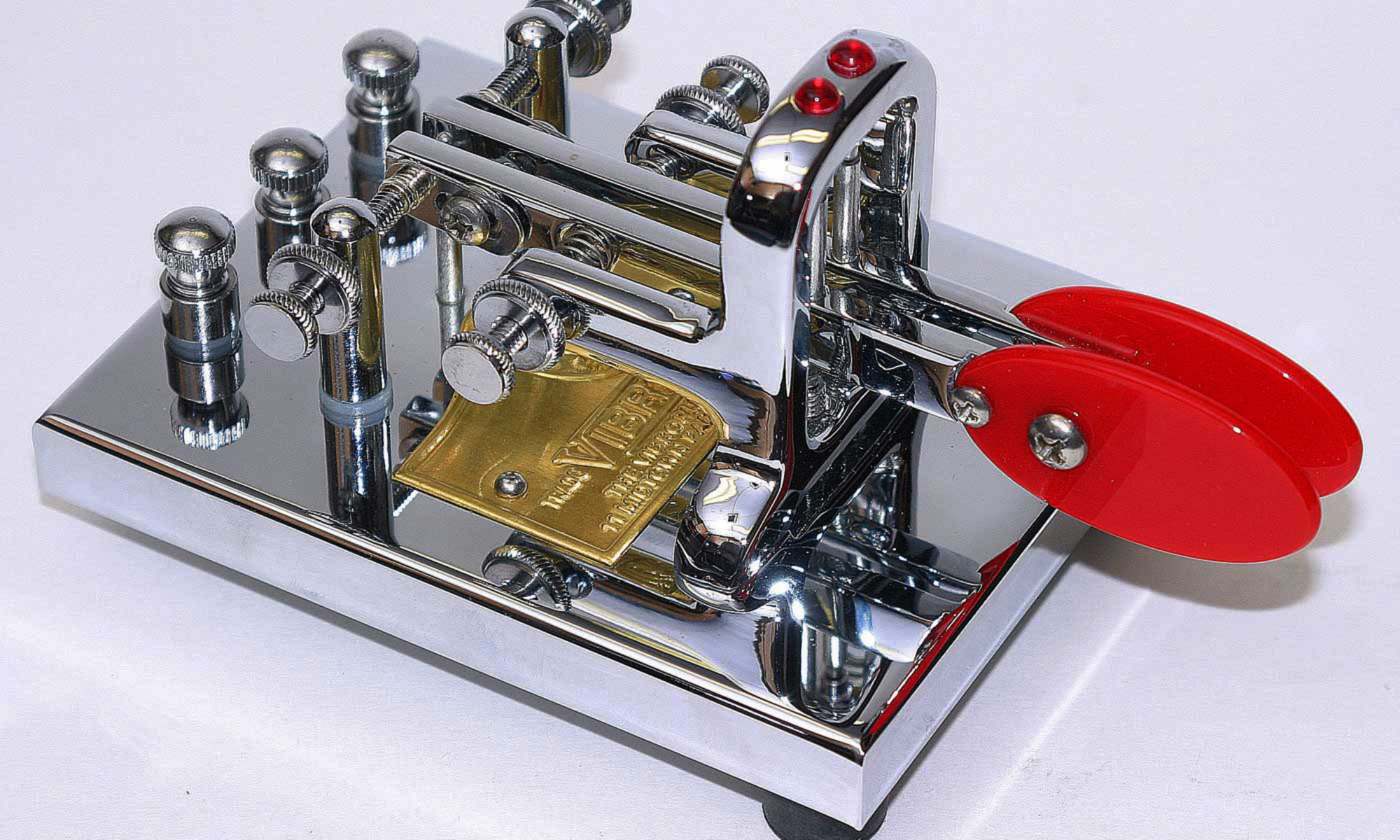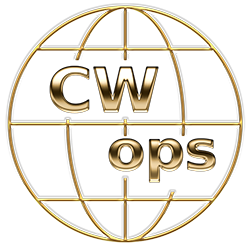
First, a great thank you to CWA advisors, and specially to Rob, K6RB, #3, whom helped me fighting the 25WPM QSOs barriers.
I was exposed to radio when I was young (my parents worked in related industry), and I got to study radio and EE as my bachelor and DSP as my master. However, I never registered to amateur radio in early days, as, to put it short, China is not that much encouraging the personal radio communication in old days.
About 3 years back, when I was working on a hobby project involving FPGA and SDR, I thought it should be a good idea to grant myself some Tx rights along the way, and after some study, I got my license (Extra in a day).
I jump into the hobby in digital mode first (yes, FT8). It is amazing to watch how good its performance is, and with digital modes, there are so many tools can be used to study the signal propagation and antenna performance in real time.
Right before I reach WAS (missing Delaware), I seized my digital operation, and want to show my respect to ham tradition, the CW mode. I want to connect my last state in CW first (and thanks to Chick, NW3Y, #2185, I did so).
I did “learn” Morse code some years ago, through an article talking about “smart ways” to remember hard things … I still remember, “a” is linked to “at”, “b” to “bean” … basically, a Dit is a short character and a Dash is a taller character. So, I guess the method technically “works.” Fortunately, now days, all the web/software tools point the serious learner to the right direction.
I think now is the great time for anyone to get into CW. Radio’s performance are so good (and size are so small), we are very lucky here.
I am honored to become a member of CWops and celebrating the unique art form of Morse code with you together. Hope to work everyone on air soon.
This biography is what appeared in Solid Copy when the member joined CWops.
